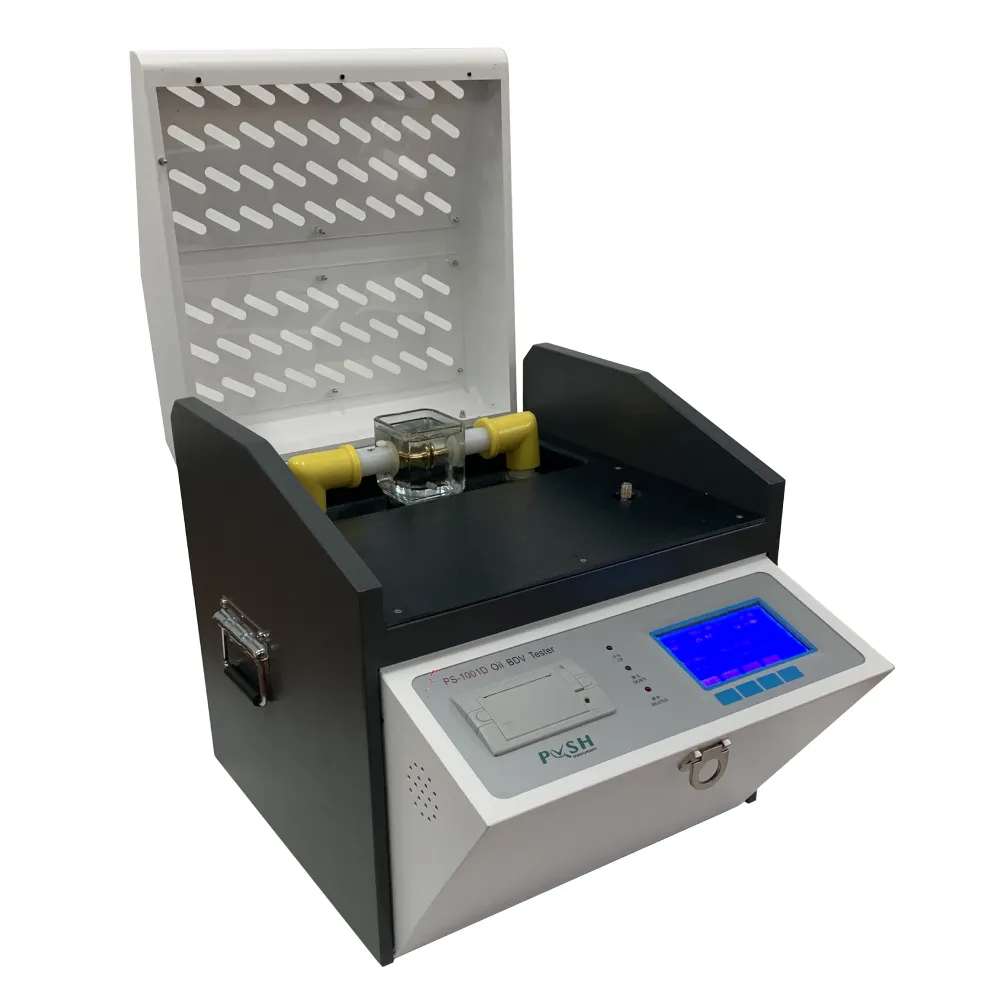 English
English


purpose of tap changer in transformer
The Purpose of Tap Changer in Transformers
Transformers are pivotal components in electrical power systems, facilitating the transmission and distribution of electricity across vast distances. One of the critical elements of a transformer is the tap changer, an integral device designed to regulate the output voltage as the load conditions or input power levels fluctuate. Understanding the purpose and functionality of tap changers is essential for maintaining voltage stability and ensuring the efficient operation of electrical grids.
Voltage Regulation
The primary purpose of a tap changer is to maintain the desired output voltage of a transformer despite variations in load or input voltage. Electricity demand can fluctuate throughout the day or as different regions draw power, leading to potential voltage drops or surges. If the output voltage deviates significantly from the specified levels, it can cause problems for connected equipment or devices. For instance, voltage that is too low may lead to insufficient power supply for motors and other devices, while excessively high voltage can damage sensitive electronics. A tap changer allows operators to adjust the transformer's turns ratio, effectively increasing or decreasing the voltage output to match the load demand.
Types of Tap Changers
There are two main types of tap changers on-load tap changers (OLTC) and off-load tap changers
.1. On-Load Tap Changers (OLTC) These are designed to operate while the transformer is under load, making them particularly valuable in situations where voltage fluctuations are frequent. OLTCs use a sophisticated mechanism to switch between different taps without interrupting the circuit. This capability helps in maintaining a stable voltage at all times, providing a critical advantage in modern power distribution networks that experience dynamic load conditions.
purpose of tap changer in transformer

2. Off-Load Tap Changers In contrast, off-load tap changers require the transformer to be de-energized before any adjustments can be made. While these systems can still be useful, they do not offer the same level of responsiveness as OLTCs. Off-load tap changers are often used in smaller transformers or in applications where load variations are minimal.
Improving System Efficiency
By ensuring that transformers operate at optimal voltage levels, tap changers contribute significantly to the overall efficiency of electrical power systems. Efficient voltage regulation minimizes energy losses associated with voltage drops and can improve power factor performance. This, in turn, aids utilities in reducing operational costs and managing their network more effectively. Improved efficiency not only benefits utility companies but also leads to lower energy costs for consumers.
Enhancing Grid Stability
In addition to voltage regulation and efficiency, tap changers play an important role in enhancing the stability of the electrical grid. Uncontrollable voltage fluctuations can lead to issues such as voltage collapse or cause protective relays to trip unnecessarily. By incorporating tap changers into transformer design, operators can better manage sudden changes in load or generation, which is particularly relevant with the increasing integration of renewable energy sources like wind and solar power.
Conclusion
The tap changer is a crucial component in transformers, serving to regulate voltage output, improve system efficiency, and enhance grid stability. As electric power systems continue to evolve, especially with the integration of smart grid technologies and renewable energy sources, the role of tap changers is likely to become even more significant. They provide necessary adaptability in the face of changing load patterns and dynamic grid conditions. Continued advancements in tap changer technology promise to improve their reliability, accuracy, and responsiveness, ensuring that transformers can meet the increasing demands of modern energy systems. As such, understanding their purpose and functionality is vital for engineers, operators, and anyone involved in the management of electrical power infrastructure.
-
Differences between open cup flash point tester and closed cup flash point testerNewsOct.31,2024
-
The Reliable Load Tap ChangerNewsOct.23,2024
-
The Essential Guide to Hipot TestersNewsOct.23,2024
-
The Digital Insulation TesterNewsOct.23,2024
-
The Best Earth Loop Impedance Tester for SaleNewsOct.23,2024
-
Tan Delta Tester--The Essential Tool for Electrical Insulation TestingNewsOct.23,2024





